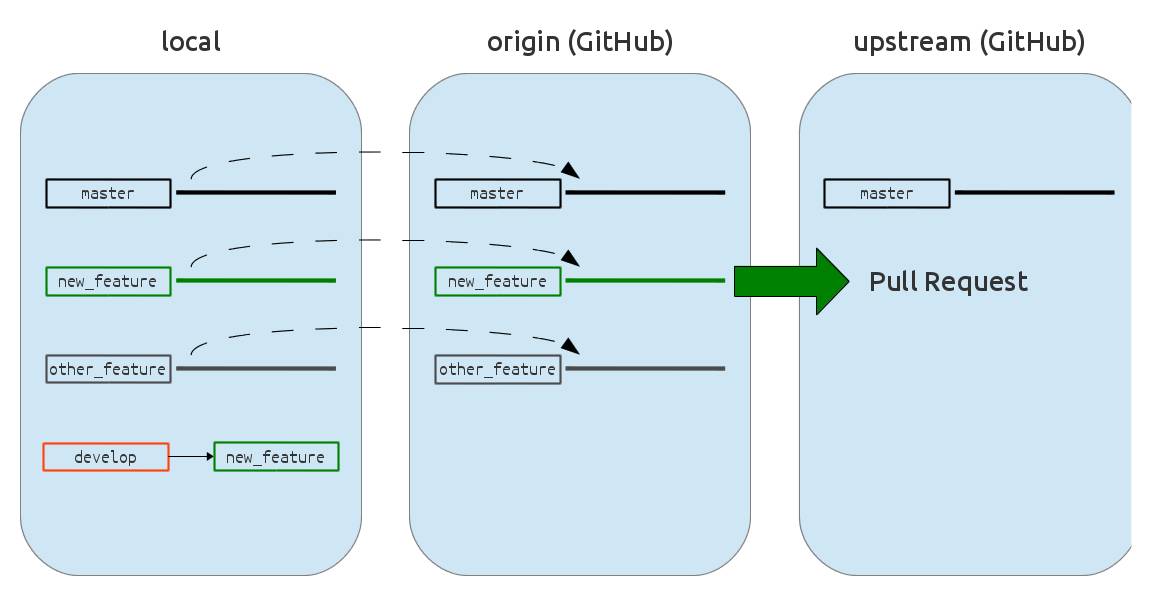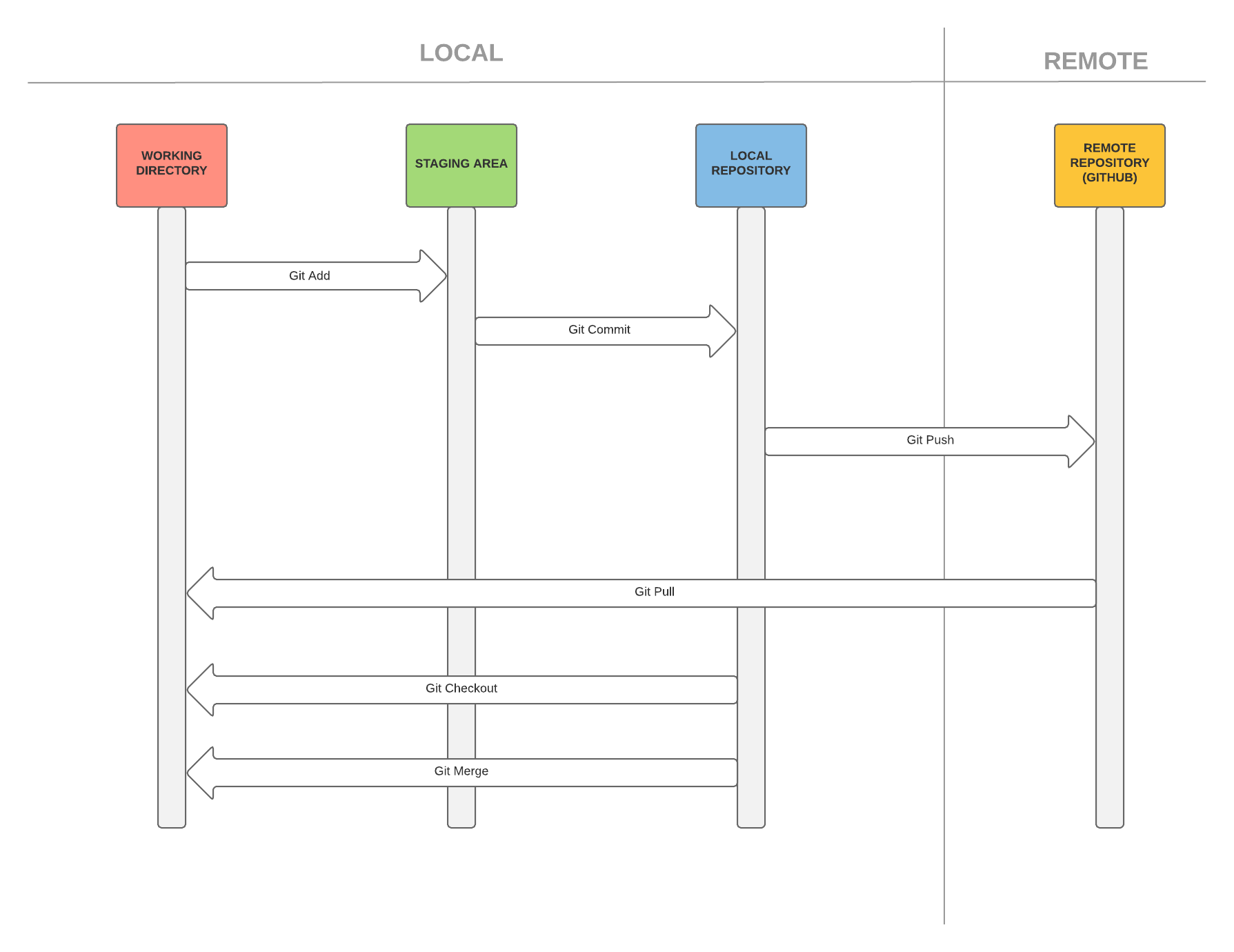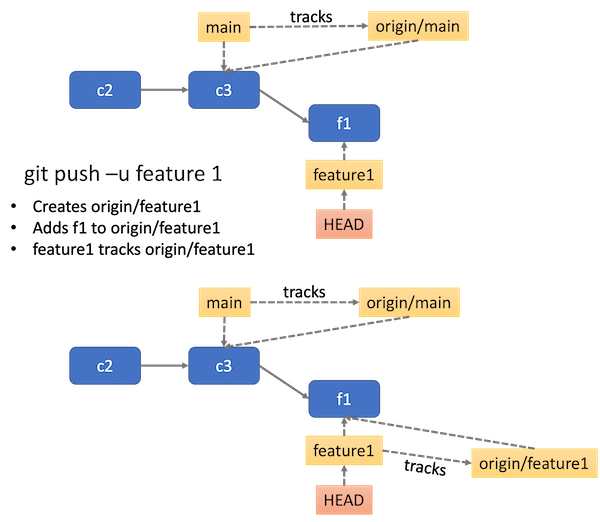

Git add remote branch from local code#
Push the code to remote using standard commands: git folder to you local project folder(which you want to push to remote) In Windows, you can use show hidden files option.Open newly created folder and unhide the. git branch -a master b1 remote/origin/master remote/origin/b1 git branch -d b1 Deleted branch b1. If we want to rename it to reflect the change we made by renaming the local branch, we need to use the git push command, specifiying the old branch name and the new: git push. As you can see, the test branch is present. Next, you can delete the local branch, using the git branch -d command, followed by the name of the branch you want to delete. We can confirm this by listing the remote git branches: git branch -r origin/HEAD - > origin/main origin/main origin/test. Open any folder in computer and clone newly created repository using following command: First, use the git branch -a command to display all branches (both local and remote). Make sure you are not overwriting anything on the remote end before you force push local git folder to it using $ git push origin -u -f Ĭreate a new repository on GitHub and note down it's clone path.

If you still end up with errors like "Updates were rejected because the remote contains work that you do not have locally", this is normally because that the remote repo is recently created manually. Otherwise you will have to name local branch first by $ git branch -m Īnd then push it to add a new branch called $ git push origin -u Push the changes in your local repository to GitHub if there is a remote branch called master (or main if that's what you're using) $ git push origin master In the Command prompt, add the URL for the remote repository where your local repository will be pushed. $ git commit -m "First commit"Īt the top of your GitHub repository's Quick Setup page, click to copy the remote repository URL. Ĭommit the files that you've staged in your local repository. $ git initĪdd the files in your new local repository. The video will take you through pushing changes to a remote repository on GitHub, viewing a remote’s branches, and manually adding remote. Initialize the local directory as a Git repository. See an example of working with a Git remote in GitKraken, starting with a clone of a GitHub repository. That’s it, folks.Change the current working directory to your local project. In the same vein you can create git aliases for all snippets from this article.

Now you can call it via git command: $ git both-merged This snippet shows only local merged branches, which have appropriate remote merged branches: $ comm -12 <(git branch -merged|awk '')ĭon’t forget to make it executable( chmod 755 git-both-merged), and you can also make a git alias for this script. Usually, it’s simple to remove local and appropriate remote branches at once. Tip for Github usersĪfter the last Github update, Branches page is divided into “Your branches”, “Active branches” and “Stale branches”, and it shows same information as previous commands. The result with our test: Git remote add. This list should be reviewed more thoroughly to avoid losing important commits. For testing, if the remote repo is added or not, run the remote v command again i.e. Similar snippet for not merged branches: $ for branch in `git branch -r -no-merged | grep -v HEAD` do echo -e `git show -format="%ci %cr %an" $branch | head -n 1` \\t$branch done | sort -r Now, you can delete own remote branches, and ask other authors to clean-up theirs: $ git push origin -delete branch-name This magic snippet provides all required information: $ for branch in `git branch -r -merged | grep -v HEAD` do echo -e `git show -format="%ci %cr %an" $branch | head -n 1` \\t$branch done | sort -r Would be cool to know last commit date and author. What if this branch is merged, but still used for feature development.

Usually, remote repository is a big garbage heap of stale branches, if there is no responsible housekeeping person.Īfter previous git remote prune origin we should have synched list of remote branches.Īt first, we can find branches which are already merged in “master”: $ git checkout masterīut this command does not provide much information. List referenced remote branches: $ git branch -rĬlean-up outdated references: $ git remote prune originĪnd Git automatically prunes all stale references. If some of them is just abandoned stuff that you don’t need anymore, remove it with “-D” option: $ git branch -D old-abandoned-featureĪfter each git pull or git fetch command Git creates references to remote branches in local repository, but doesn’t clean up stale references. Next, decide what to do with not merged branches: $ git branch -no-merged Now, remove all outdated branches with: $ git branch -d old-merged-feature We need to know what branches are already merged in “master” and can be easily removed: $ git checkout master gitconfig Local branchesĪt first, list all local branches: $ git branch


 0 kommentar(er)
0 kommentar(er)
